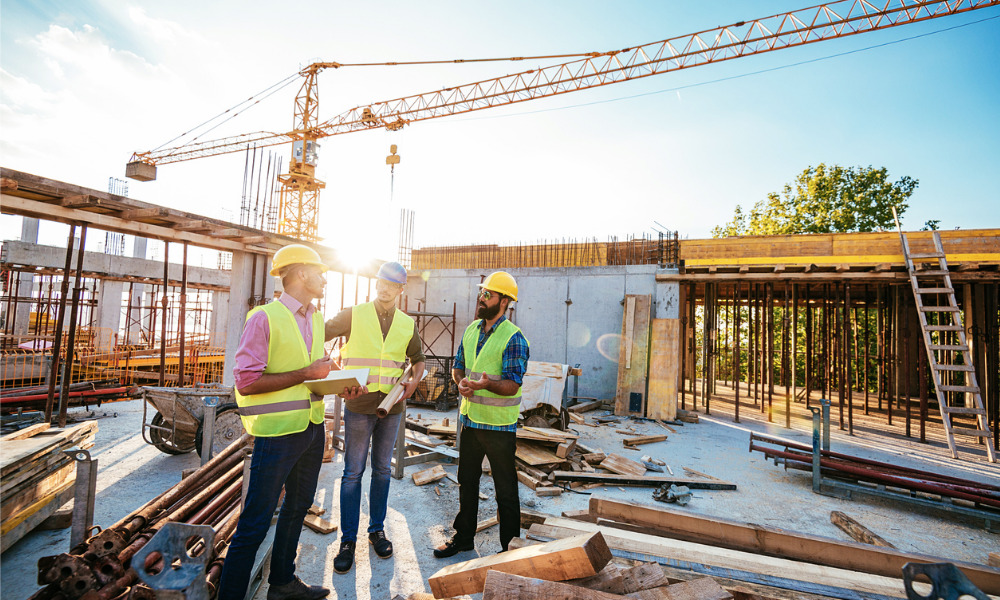Not all companies can equip their heavy machinery with advanced technology like AI

Working in the construction industry is known to be a dangerous occupation.
Four common reasons for construction injuries are falling, electrocution, being struck by objects, and being caught in or between machinery. Because construction equipment failure can lead to injury, it’s essential that you train workers on malfunctions.
Some construction equipment manufacturers are incorporating artificial intelligence (AI) into their equipment. Hyundai Construction Equipment plans on using the Internet of Things (IoT) and AI to extract real-time data to detect machine abnormalities. This will lead to safer construction sites and more efficient and reliable equipment.
Not all companies can equip their heavy machinery with advanced technology like AI. For this reason, it’s necessary to establish alternative preventive measures to protect construction workers and the quality of your equipment.
Common Equipment Malfunctions
In addition to safety, anticipating malfunctions and finding solutions for those issues is key in completing a project.
Here are three common types of equipment malfunctions in the construction industry.
-
Thermally Induced Failure
This type of failure occurs when temperatures fluctuate and affect the equipment.
Storing equipment outside in freezing temperatures prevents fluids from flowing and gears from turning. As a result, you must wait for your equipment to turn on and warm up, just like any vehicle.
Equipment must be turned on with plenty of time to warm up to avoid extended wait times. Lubricating your machinery can help alleviate these issues. Temperature plays a significant role in the performance items like bulldozers or excavators, so this is a crucial step.
In addition to freezing temperatures, extreme heat will impact equipment. Overheating is a common cause for failure — for this reason, avoid overworking your equipment. Schedule breaks where the machine can rest before continuing your project.
-
Mechanically Induced Failure
Not properly caring for mechanical parts of your equipment can lead to failure. Maybe parts of a machine are worn out or misaligned. Several things cause machinery to malfunction.
Here are some common mechanical malfunctions:
- Misaligned tighteners
- Old brake pads
- Hydraulic pump failure
- Gearbox issues
Mechanical failure is the easiest type to avoid and fix — it usually requires replacing the parts that contributed to the problem. However, replacement can take time, which leads to lost profits.
Mechanical failure is avoidable with preventive maintenance and ensuring the equipment is up to date with new installations and features. Using old machinery increases the likelihood of failure. Be sure to use high-quality items to complete your projects on time.
-
Erratic Failure
It’s impossible to anticipate when equipment will randomly fail. Without any visual warning signs, it’s challenging to know when machinery will experience this type of failure.
Understanding that equipment can fail at random is something to keep in mind during project planning. Giving yourself extra time to account for these possibilities will prevent missed deadlines.
Erratic failures can be sudden, intermittent or gradual. There’s not much you or your staff can do to avoid these problems other than performing regular maintenance checks. Use a checklist to help you while performing inspections.
Save Time by Avoiding Extra Maintenance
When you take steps to prevent machine failure, you can spend more time working on your construction projects than machine repair.
If machines fail, it can take even longer to complete tasks, leading to customer complaints and missed deadlines.
You will be able to achieve your project goals and keep your workers safe by regularly maintaining your construction equipment and avoiding the three types of malfunctions.






